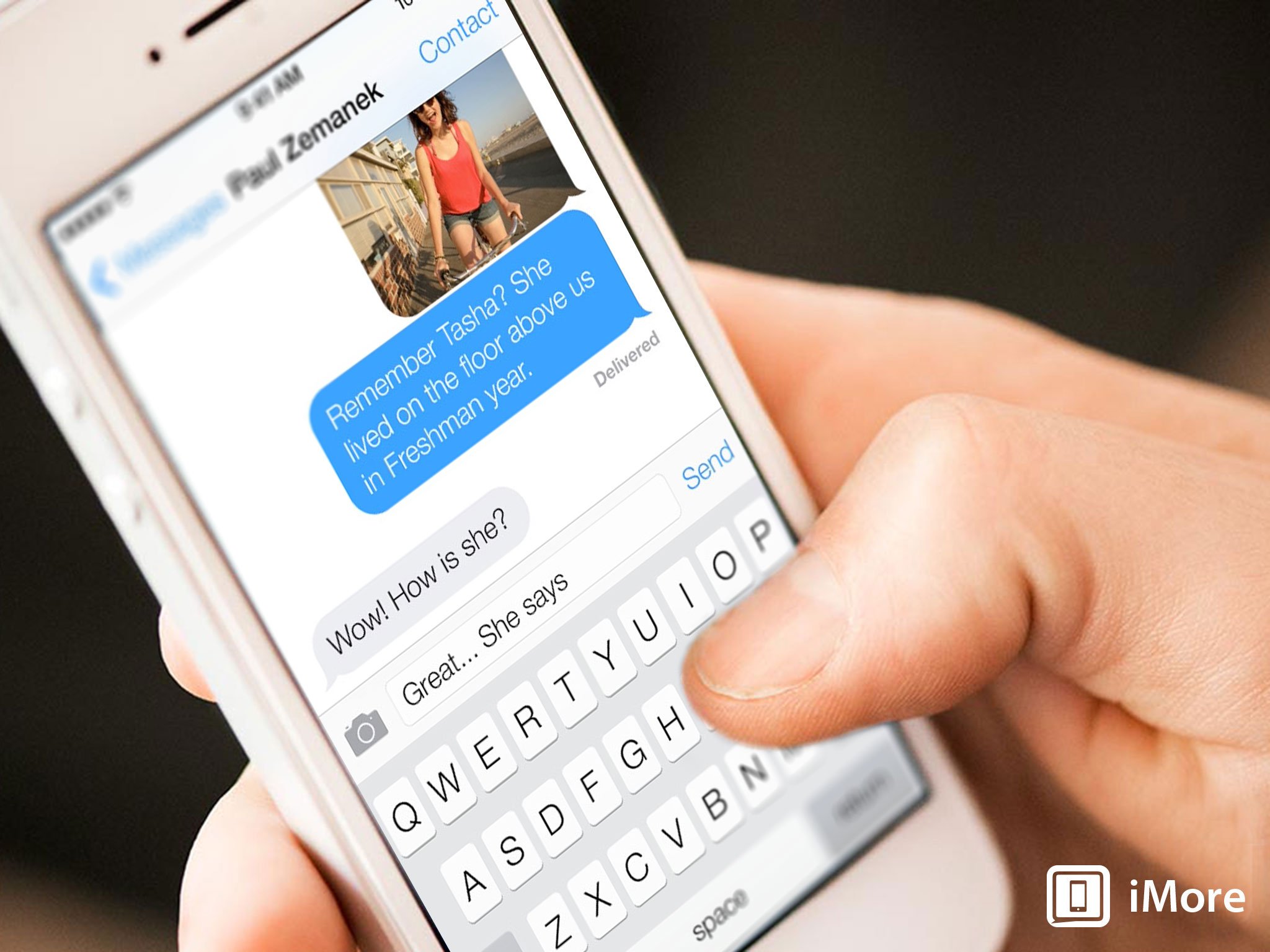iOS 7 and motion sickness: What you can do, and where you can learn more

One of the most amazing new features of iOS 7 is that it's built on top of a physics and particle engine, allowing almost any and every element to come alive with movement - shifting, colliding, bouncing, floating, and more. It looks and feels like a game space. And therein lies a problem for some people. It's reportedly making them motion sick.
I have a friend who can't play 3D games or watch 3D movies on big screens for more than a few minutes without feeling sick and having to stop. Another with Labyrinthitis that's, off-and-on, threatened his ability to get around and even stay standing. I myself can't read for long in a moving vehicle without getting nauseous and having to stop. None of us have had a problem with iOS 7 to date, but for those who do, it can be a show-stopper level problem. Craig Grannell has been tracking the issue closely, and has written about it on Revert to Saved:
Despite this, I worry a little about iOS 7, on the basis of my own problems with motion sickness. I've heard the parallax effect (a known trigger) can be disabled, but Charles Skoda has written about new motion-sickness triggers in Messages, and this on a system already packed full of large/full-screen transitions, which are also a big problem on OS X.
You can keep up with his information campaign by following him on Twitter @CraigGrannell. You can also email accessibility@apple.com and go to Apple's feedback page and let them know exactly what causes you problems. (Heartfelt emails to Apple executives have been known to get responses, at the very least, in the past as well.)
For many people the iOS 7 parallax effect is cool, dynamic wallpapers amazing, the Messages bubbles fun, the folder and app zooming transportive, and so on and so on. For those for whom they trigger motion sickness, they're off-putting, nauseating, or simply impossible to use.
Parallax can be turned off in Settings > General > Accessibility > Reduce Motion. So can Dynamic wallpapers in Settings > Wallpapers & Brightness. Message bubble bouncing, folder and app zooming, not so much. Apple also provides UI Dynamics as an application programming interface (API) so developers can more easily add some of those effects to their own apps.Those often can't be turned off either. That some of the effects can be turned off means Apple probably foresaw at least part of the issue. That all can't means they probably didn't foresee enough of it.
If 3D games bother you, it sucks but you can avoid playing them. If reading in a car, train, bus, or plane bothers you, that sucks too but you can listen to or watch something else. If the entire operating system discombobulates you, you have far fewer options other than seeking out an alternate platform.
I don't know enough about either medicine or programming to know if higher frame rates, faster animations, or less fiddly movements would help, or if there's any practical way to add a big honking toggle in Settings that turns off all physics-based animations throughout the OS. All I know is that attention levels need raising.
If you've had any problems with iOS 7 and motion sickness, let me know in the poll, and give me the details (which particular elements are causing it) in the comments below.
iMore offers spot-on advice and guidance from our team of experts, with decades of Apple device experience to lean on. Learn more with iMore!

Rene Ritchie is one of the most respected Apple analysts in the business, reaching a combined audience of over 40 million readers a month. His YouTube channel, Vector, has over 90 thousand subscribers and 14 million views and his podcasts, including Debug, have been downloaded over 20 million times. He also regularly co-hosts MacBreak Weekly for the TWiT network and co-hosted CES Live! and Talk Mobile. Based in Montreal, Rene is a former director of product marketing, web developer, and graphic designer. He's authored several books and appeared on numerous television and radio segments to discuss Apple and the technology industry. When not working, he likes to cook, grapple, and spend time with his friends and family.
